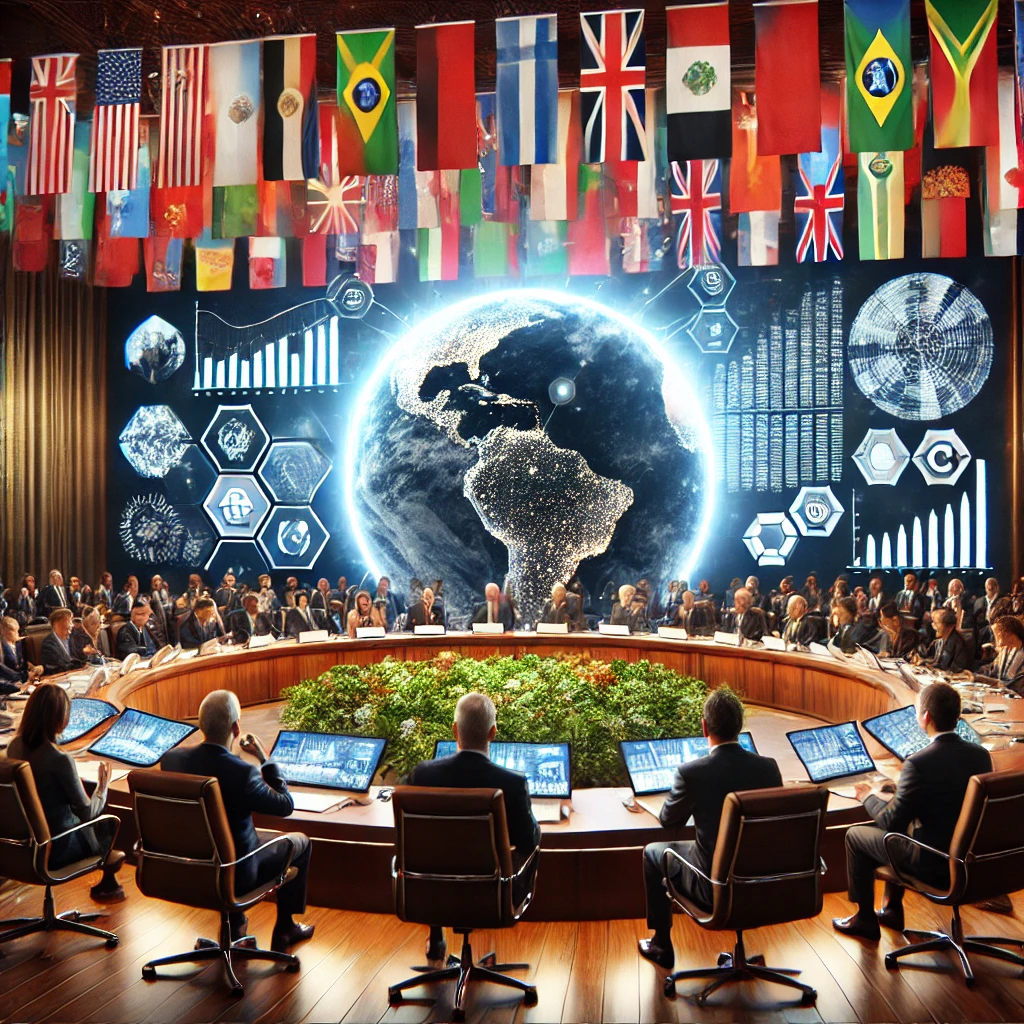Introduction: The Urgency of Climate Change in Action
As the planet faces more intense consequences from climate change, it has become crucial to implement universal global policies. Climate treaties form the foundation of international cooperation, as it ensures that different countries work together in achieving a common objective for environmental protection. The transition from lofty targets to legally binding obligations indicates a fundamental transformation in the approach to mitigating climate change at the global level, where the response must be immediate in order to address a problem that defies national borders.
Historical Landmarks in Climate Agreements
The journey of global climate policy began with the Kyoto Protocol in 1997, which introduced binding targets for industrialized nations to reduce greenhouse gas emissions. The landmark agreement established a precedent for international cooperation but had its drawbacks: it did not include major developing economies and had no mechanisms to enforce the agreed targets.
The Paris Agreement of 2015 was a turning point in climate diplomacy. For the first time, nearly all nations committed to limiting global warming to below 2°C, with an ambitious target of 1.5°C. Its bottom-up approach, allowing countries to set their own Nationally Determined Contributions (NDCs), fostered widespread participation while emphasizing transparency and accountability.
Recent Policy Shifts and Their Impacts
The last couple of years have seen a very significant shift in climate policy. Many countries have revised their NDCs, reflecting greater ambition in reducing emissions. For example, the Fit for 55 package of the European Union would cut emissions by 55% by 2030, thereby showing commitment to transformative action.
Breakthroughs have been witnessed at the COP. At COP26, it was agreed to phase down coal use and reduce methane emissions, while COP27 focused on setting up a Loss and Damage Fund to assist vulnerable countries. All these indicate the dynamic nature of climate agreements in response to new challenges.
The Role of Emerging Economies in Climate Agreements
Emerging economies, which were always on the periphery of climate negotiations, now assume a central position. China, India, and Brazil contribute immensely towards emitting on a global scale, hence have strong stakes in the future climate strategy. These countries need to help maintain high growth rates while reducing carbon intensity.
The concept of “common but differentiated responsibilities” points to the equity that needs to be addressed in climate agreements. While developed nations are responsible for past emissions, emerging economies need support to meet their climate goals without compromising development.
Challenges in Implementing Global Climate Policies
Implementing climate agreements is fraught with challenges. Economic disparities create an uneven playing field, as wealthier nations have greater resources to invest in renewable energy and adaptation measures. Developing nations often struggle with limited funding, infrastructure, and technical expertise.
Political will is another important factor. In some nations, climate policies are resisted by industries and other public groups against the perceived high cost of the programs. It becomes very challenging for most policymakers around the world to weigh economic priorities with environmental commitments.
New Mechanisms for Strengthening Climate Agreements
New mechanisms are being built into strengthening global climate agreements. Carbon trading allows nations to meet their emission reduction targets by buying credits from countries that have more reductions than they need. This market-based approach incents efficiency and investment in clean technologies.
Another important element of the package is technology transfer. Developed countries would share their experience in renewable energy, energy efficiency, and carbon capture to enable the developing world to meet its own climate goals. Financial mechanisms-the Green Climate Fund, for instance-provide vital support for adaptation and mitigation activities in vulnerable regions.
A Future Vision for Climate Agreements
Future climate agreements need to be inclusive and equitable. There is a dire need for policies that will particularly address the unique vulnerabilities of certain sections of the people and also bridge the gap between developed and developing nations in collaboration. It may also help integrate indigenous knowledge with community-driven solutions to enhance global strategies.
A roadmap to net-zero emissions calls for ambitious but achievable goals supported by transparent monitoring and robust enforcement. By encouraging innovation, international solidarity, and commitment to sustainability, the global community can steer its way through the complexities of climate change to create a resilient future.
Conclusion: Collective Responsibility for a Shared Planet
The evolution of global climate agreements reflects humanity’s growing recognition of its collective responsibility to protect the planet. Challenges persist, but the progress made shows the power of collaboration and determination. As nations continue to adapt and innovate, they can transform climate agreements into powerful tools for change, ensuring a livable world for generations to come.

